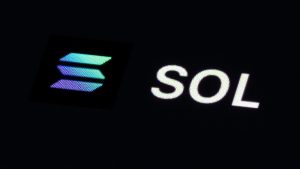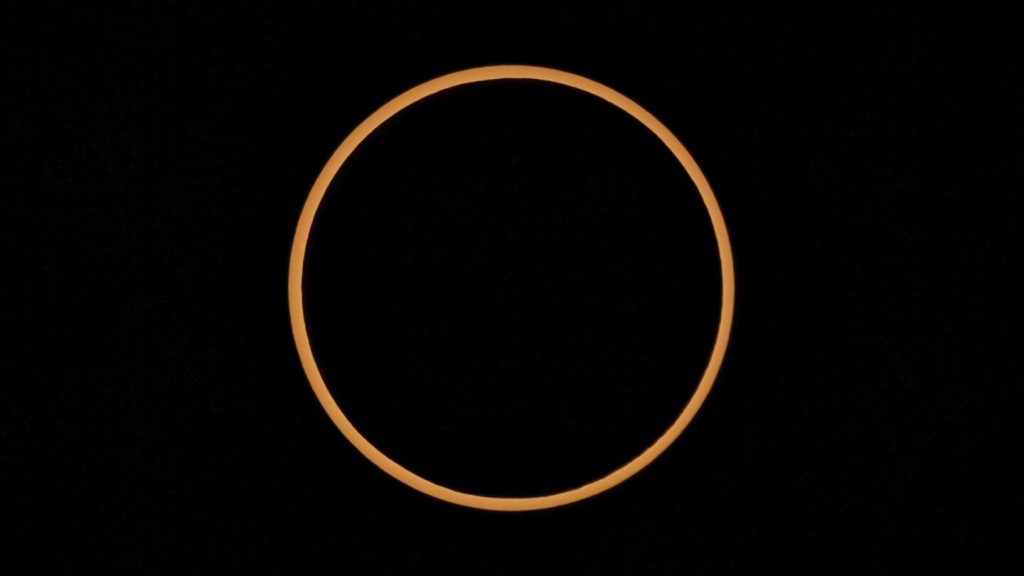A significant event in astronomy is set to take place with the upcoming annular solar eclipse, often referred to as the “ring of fire” eclipse. Scheduled for Wednesday, the eclipse will be primarily visible over Easter Island and parts of Argentina and Chile. While solar eclipses can inspire awe, they require appropriate safety measures for viewing, especially since this particular eclipse marks the last solar spectacle of the year. An annular eclipse occurs when the moon passes between Earth and the sun but is at a point in its orbit where it appears smaller than the sun. Consequently, it only obscures a portion of the sun’s light, leaving a bright ring visible around the edges.
This phenomenon is distinct from a total solar eclipse, where the moon completely blocks the sun’s light. During an annular eclipse, observers see the sun as a bright circle surrounding the dark silhouette of the moon. Fortunately, this eclipse will predominantly be visible over the Pacific Ocean, with locations like Rapa Nui (Easter Island) situated directly in the path. In contrast, areas such as Brazil, Paraguay, Uruguay, and Hawaii will experience a partial eclipse, where the sun will appear as a crescent shape.
Safety is paramount when observing a solar eclipse, as looking directly at the sun can result in severe eye damage, even during partial obscurances. The use of specialized solar eclipse glasses is essential; they must adhere to ISO 12312-2 standards to effectively block ultraviolet and nearly all visible light. Ordinary sunglasses or other common optical devices are insufficient for safe viewing. For those unable to acquire eclipse glasses, there are various alternative methods to enjoy the event indirectly. One can create a pinhole projector or use a colander to see the eclipse’s projection on the ground. Additionally, observing the ground beneath a tree can reveal crescent-shaped shadows created by sunlight filtering through leaves.
Looking ahead, the astronomical calendar promises more opportunities for sky enthusiasts in the coming year. Two partial solar eclipses will occur in March and September, while the next total solar eclipse is scheduled for 2026. This total eclipse will traverse northern Greenland, Iceland, and Spain, providing a prime viewing experience for those in its path. As interest in solar eclipses continues, these celestial events remind observers of the intricate dance between the sun, moon, and Earth, captivating both scientists and the general public alike.
In summary, as the date of the annular solar eclipse approaches, excitement builds for those fortunate enough to be in the viewing locations. The rarity of such events enhances their significance, making it essential for individuals to engage in safe practices when enjoying them. Given the eclipses’ fleeting nature, the anticipation of future solar occurrences promises to sustain public interest and enthusiasm. Events like these serve to deepen our understanding of the cosmos and inspire wonder about the intricate relationships that govern celestial movements. Thus, as the world prepares for this remarkable solar phenomenon, it also looks ahead to the ensuing eclipses that are yet to grace the skies.










